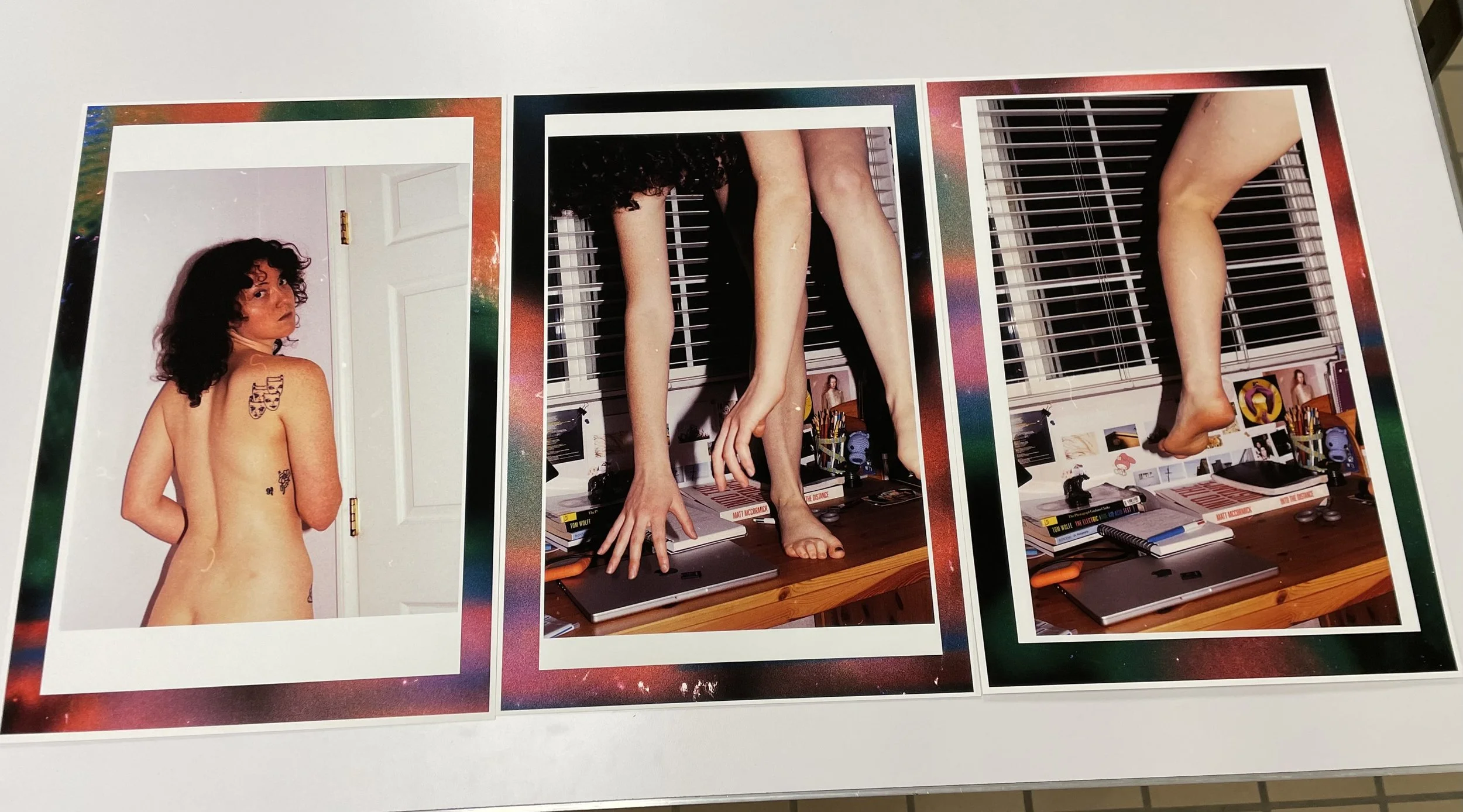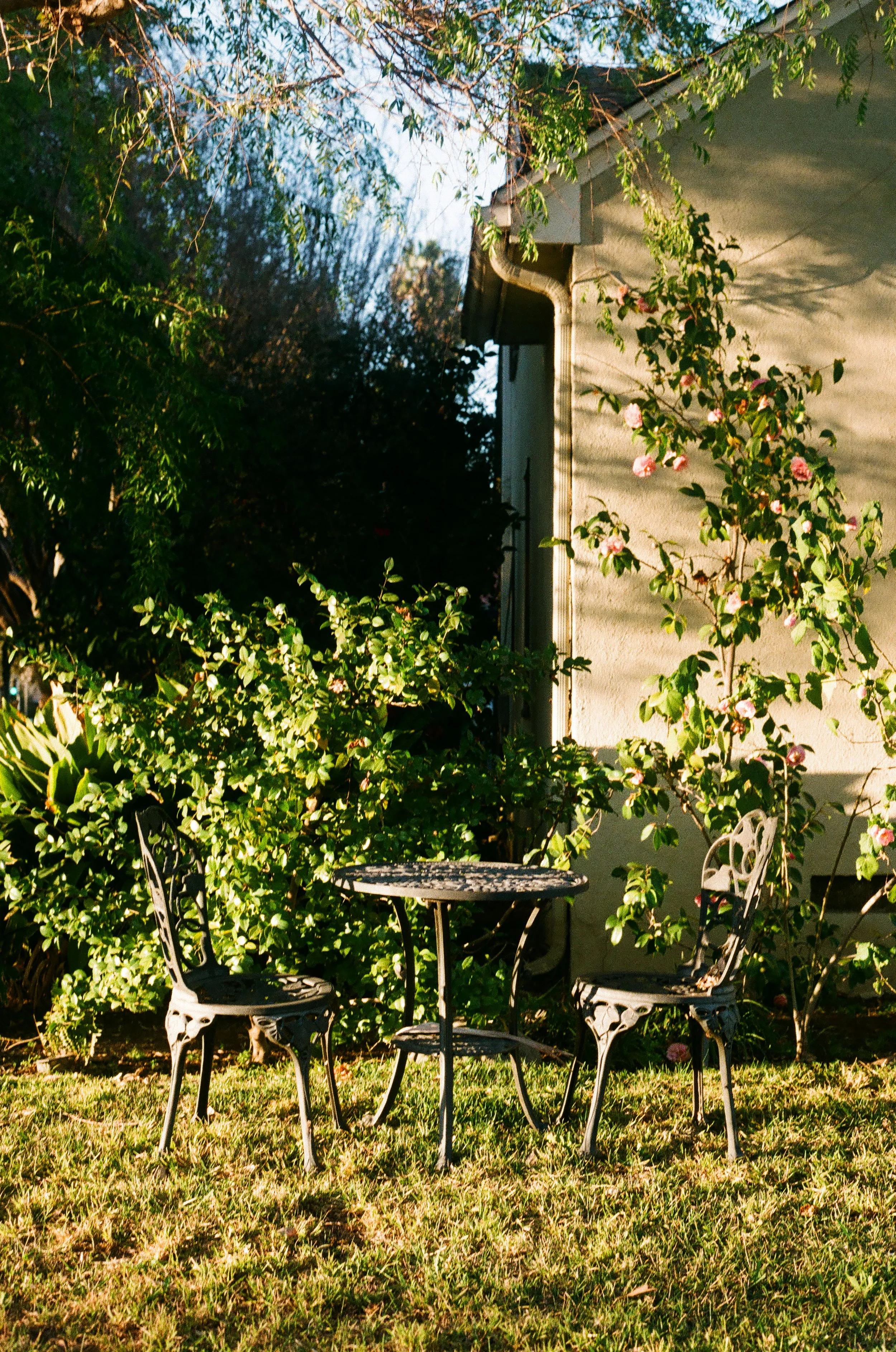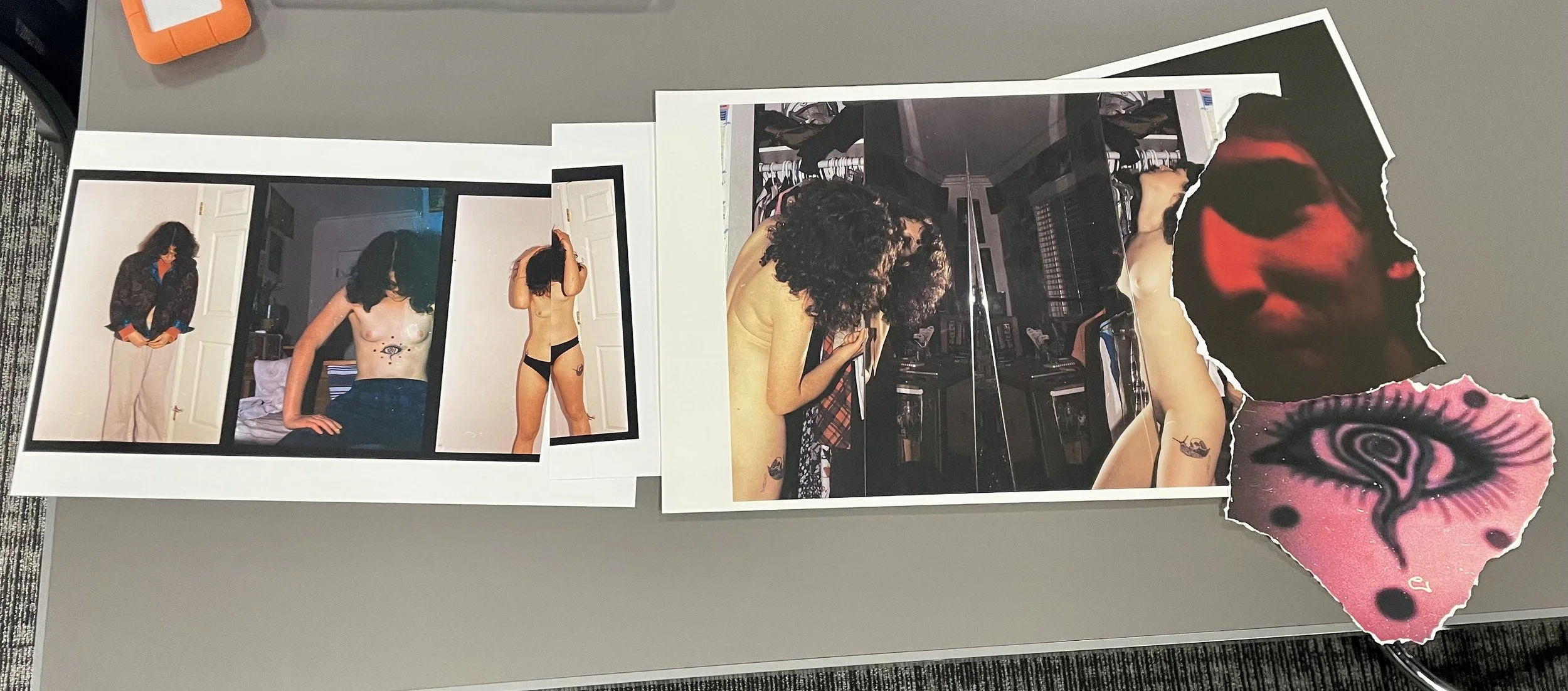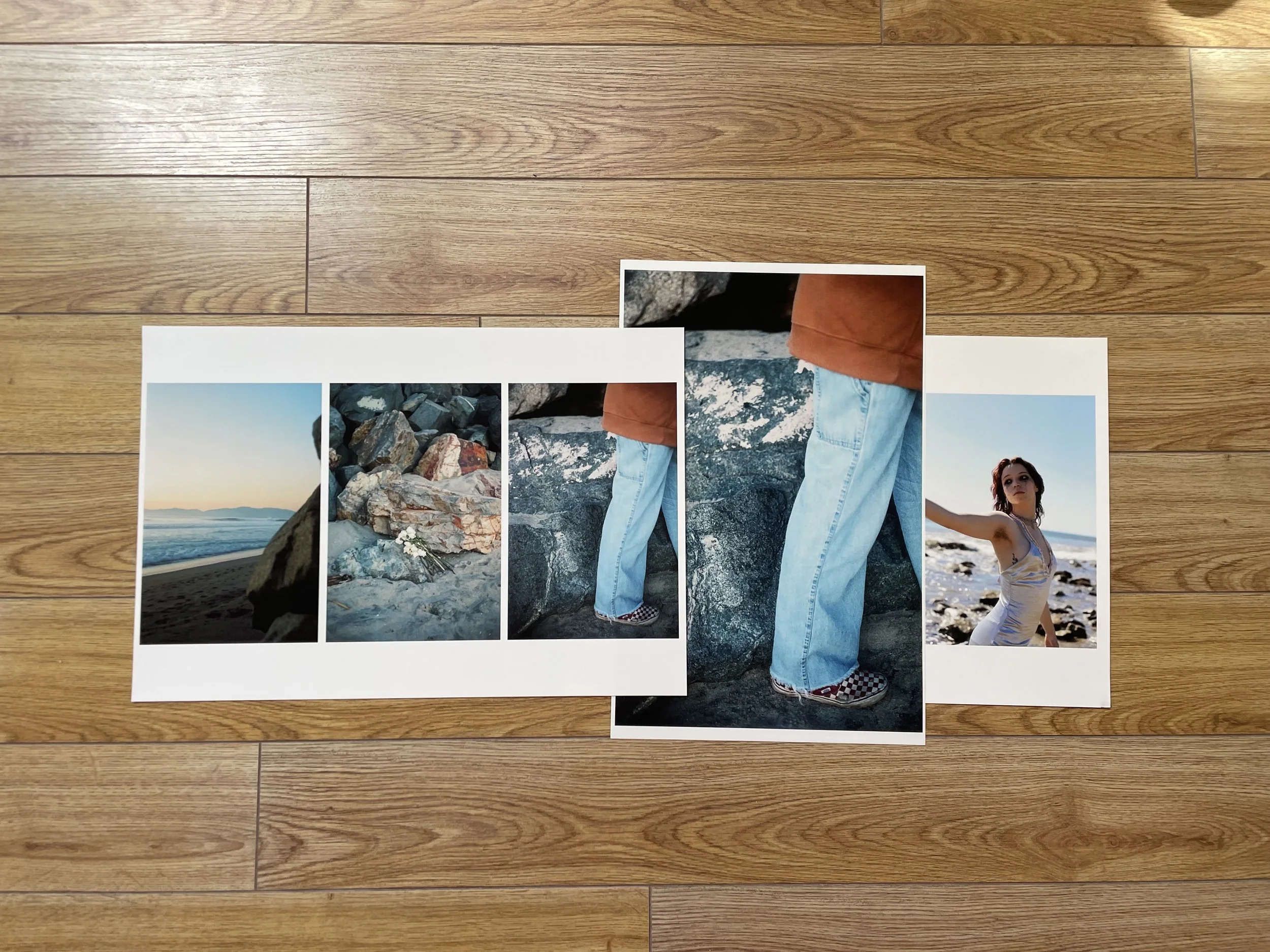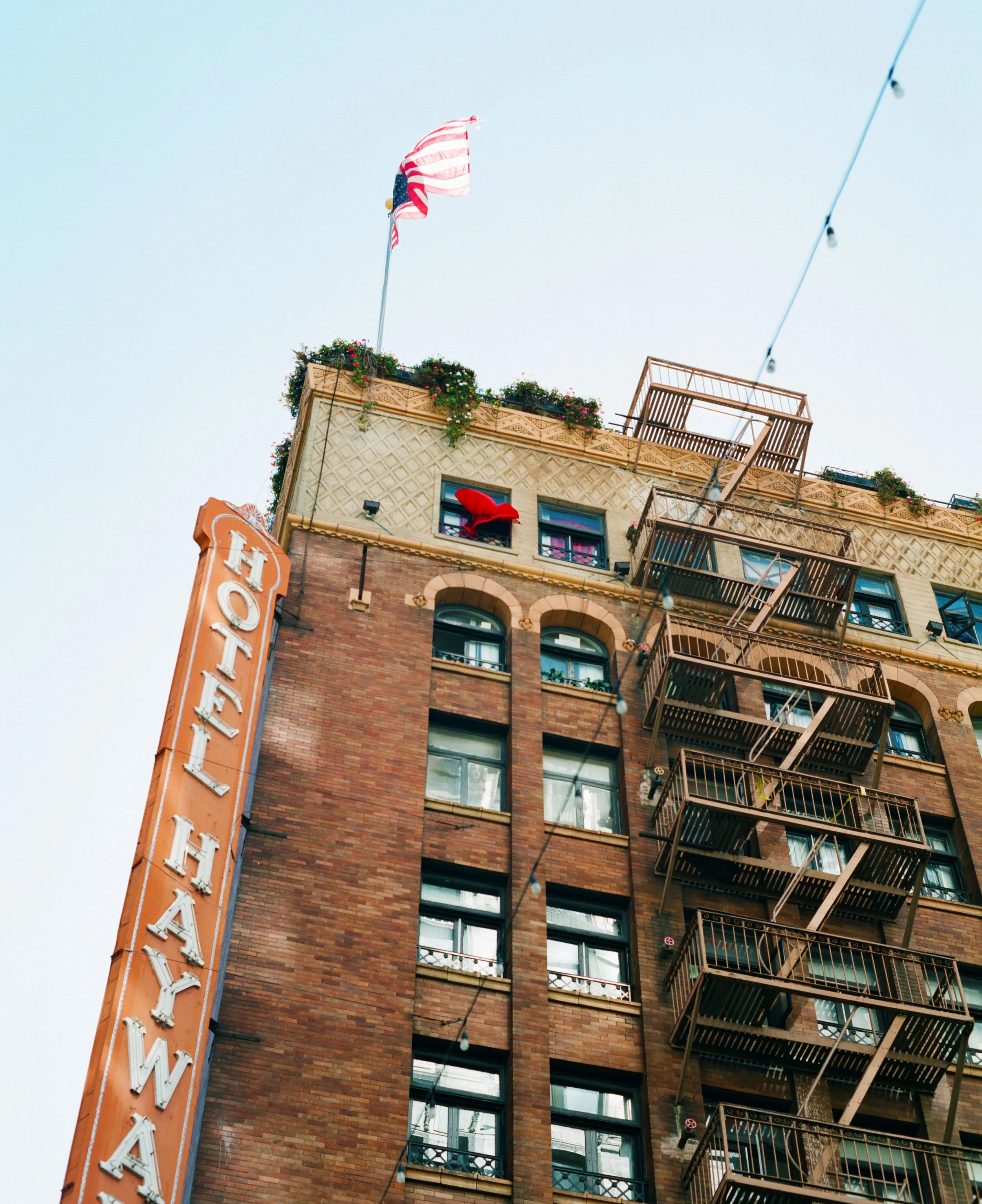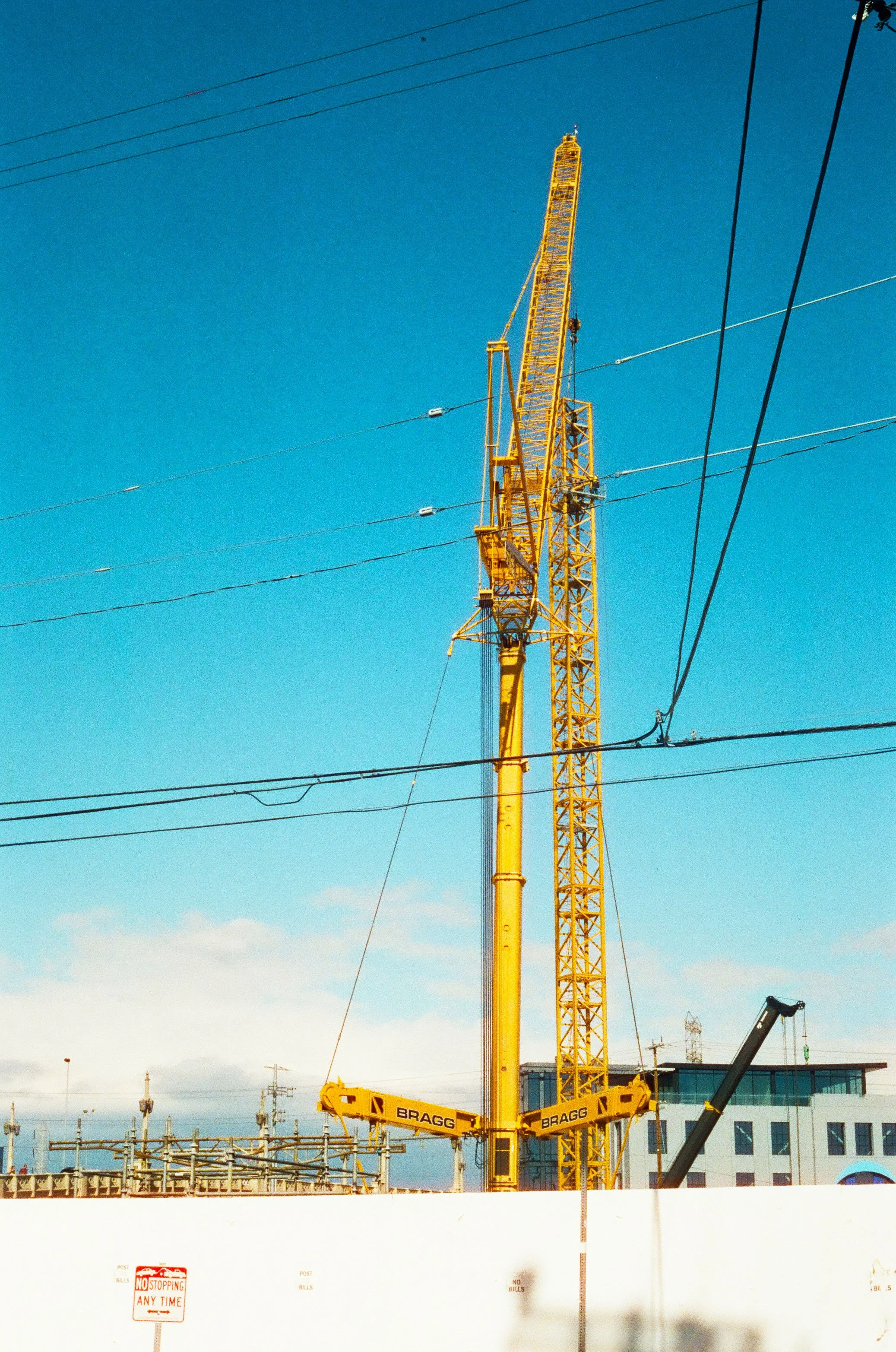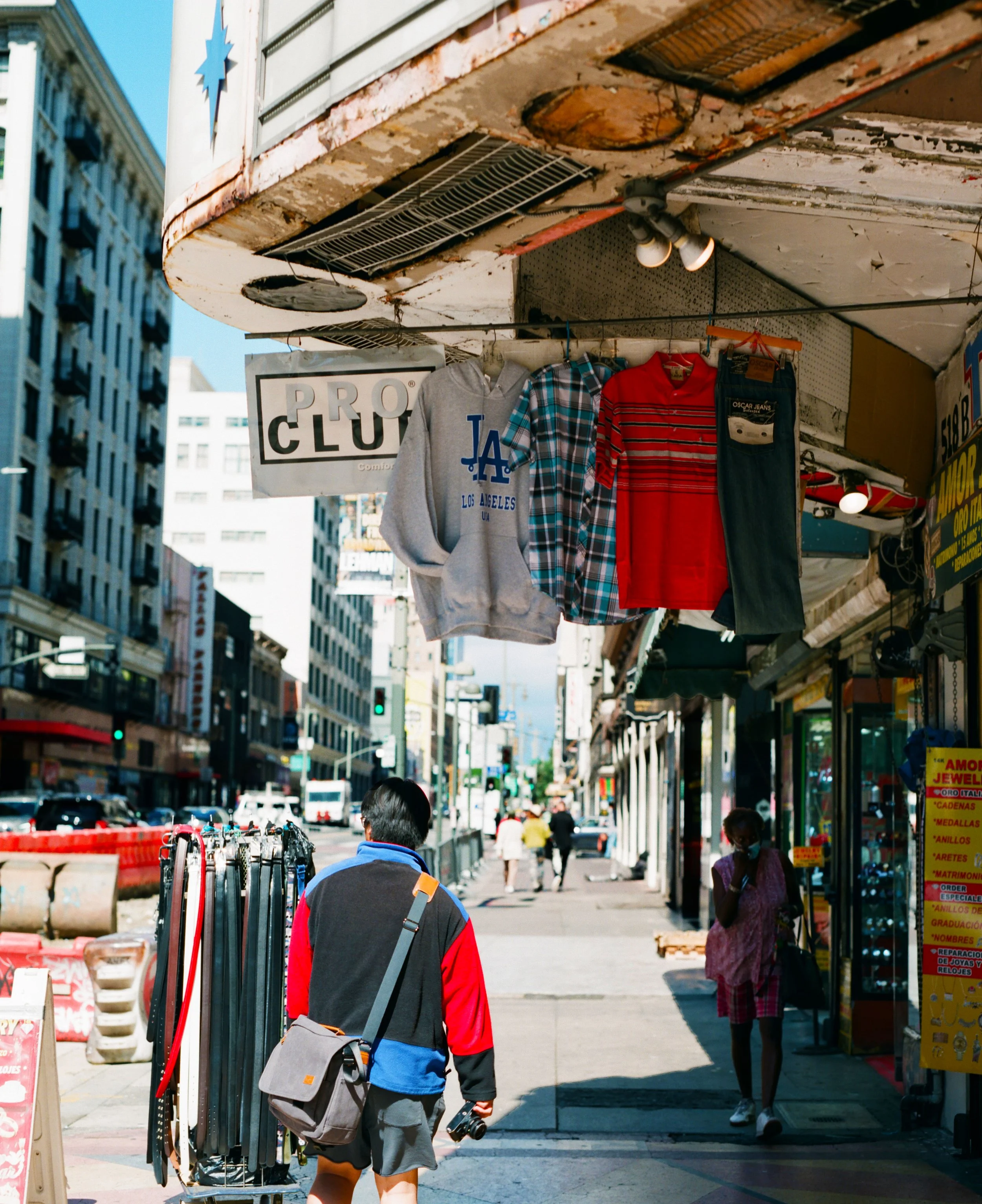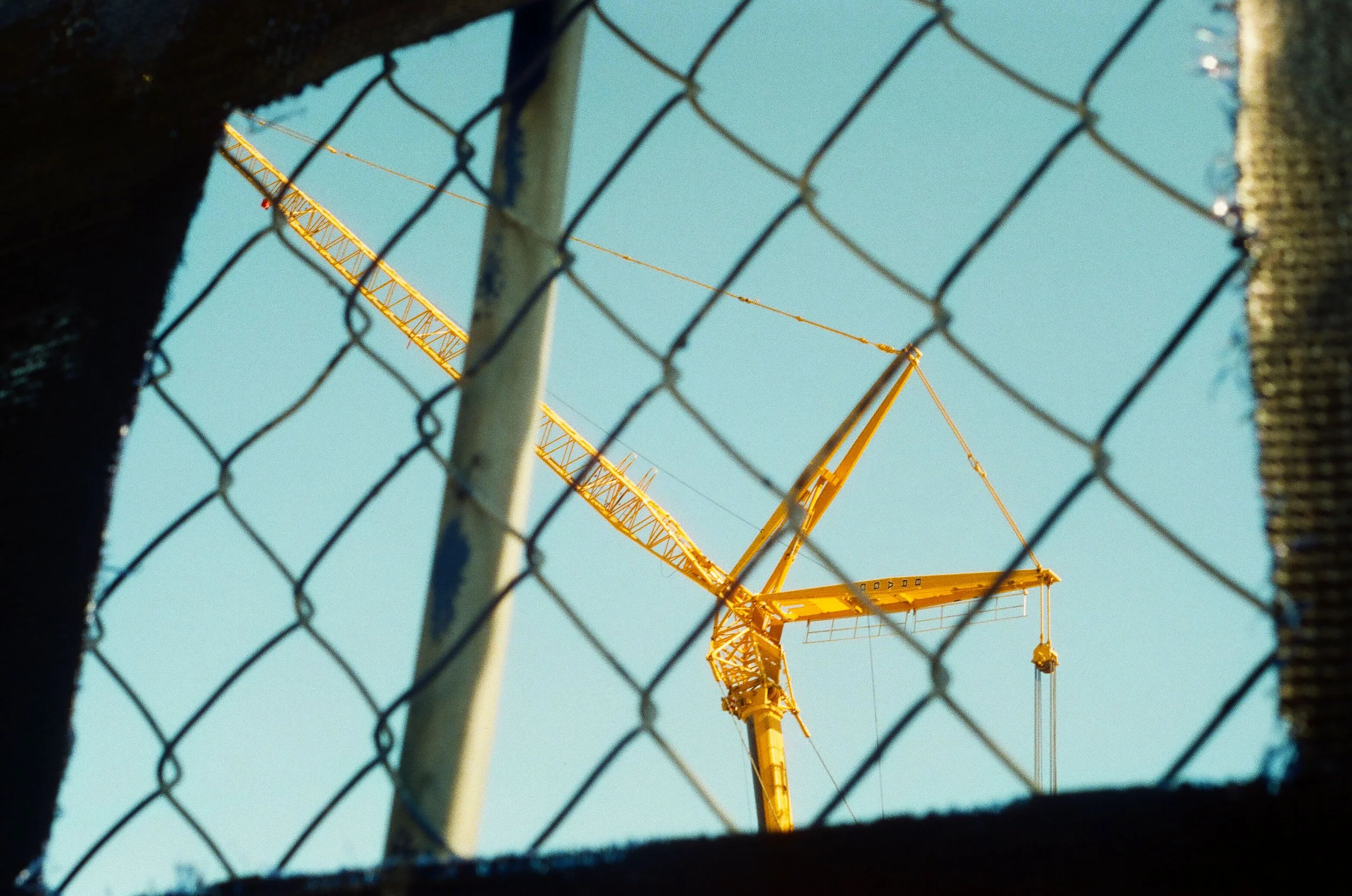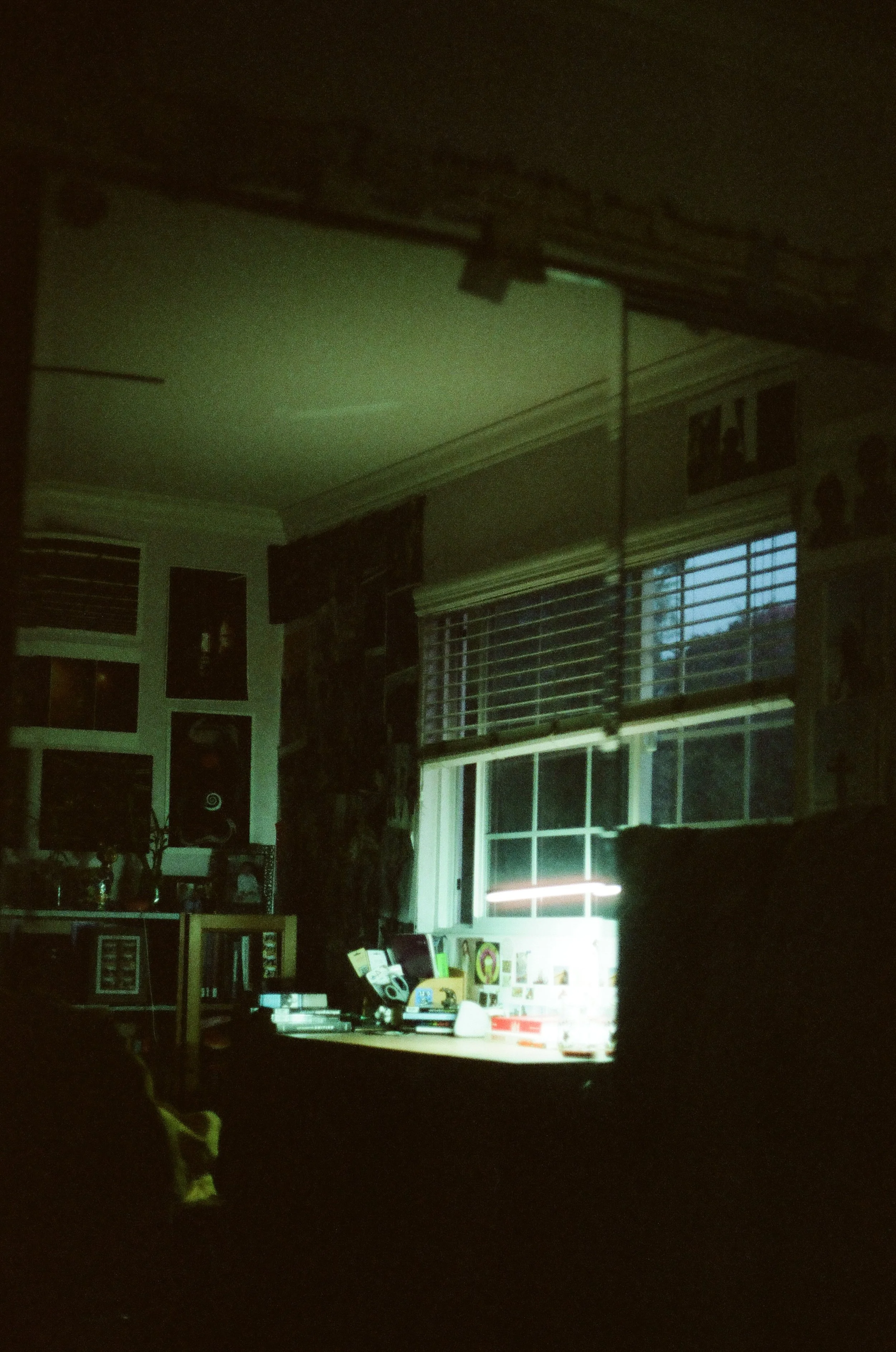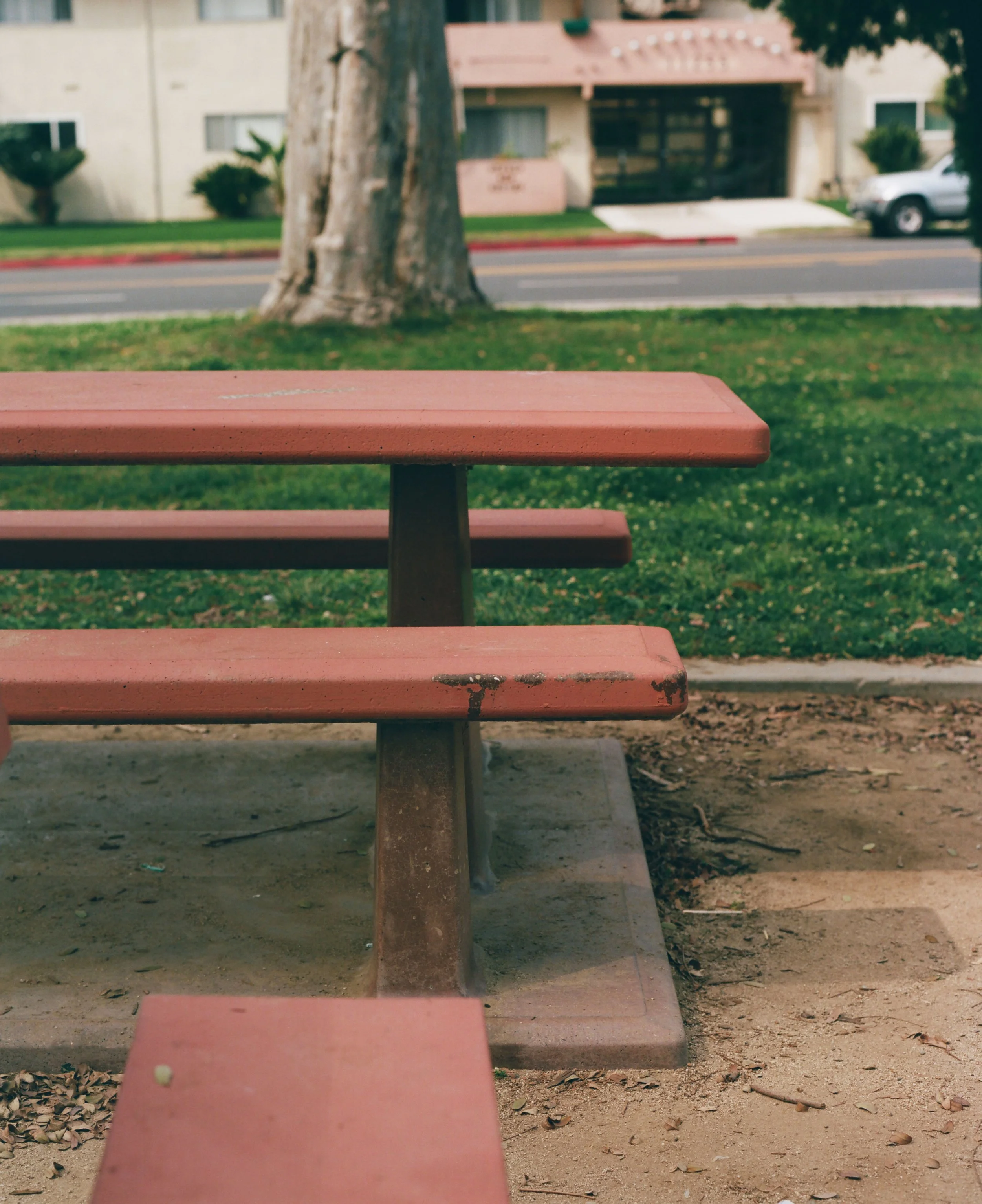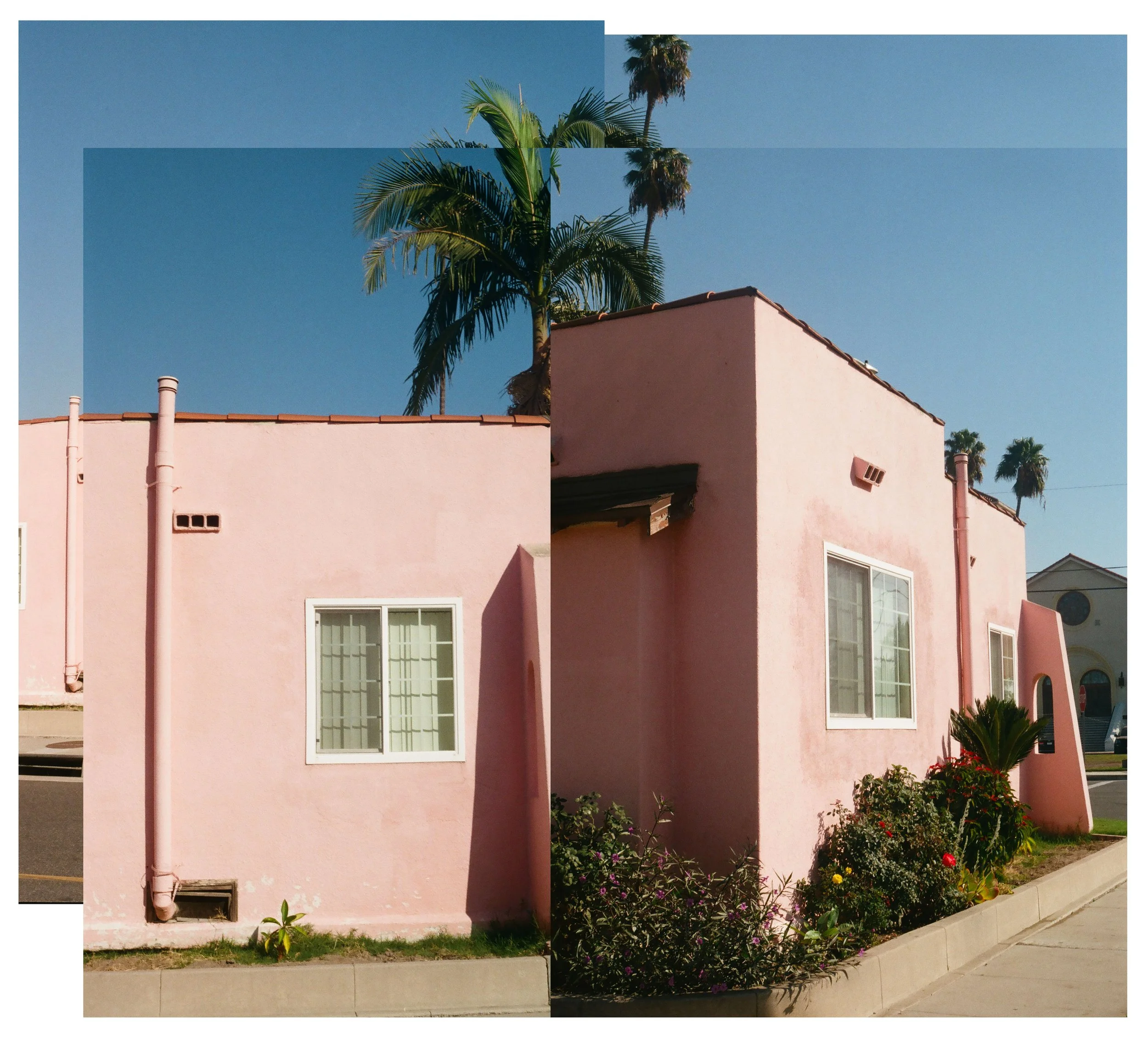Only a Fool…
Punctum follows punctum as it builds the critical meaning of an image. It provides a photograph with purpose, as Graham Clarke described the punctum in Diane Arbus's 1969 image of A family on their lawn... where "each aspect/detail resonates as part of a larger map of meaning”. These little details obstruct the visible and conceive the invisible as punctums blend together to invent photographs.
Imagine you are located in a museum gallery or any alteration of such an environment, where you walk past each photo, taking an allotted amount of time per each work for critical observations. and each artwork receives the same routine, as it cyclically reforms your judgement of the work individually or as a whole. begin this amicable routine with single individual photographs, gradually building the framework of the work’s overall meaning. as context builds, so does the grouping of photos. alternative forms of collages are presented to expand your initial judgement of the individual prints.
A narrative of punctums is enhanced…enlarged for you to observe and formulate. Every photograph transforms into a collaborative series and your priori knowledge from each print allows for your narrative to pass onto the next print. The background images are personified and elevated to the value of the main subjects which, in turn, experience a different value placed on them. Read these in the form of characters in a literary narrative because photography is, in its own simplicity, a spoken language.
The viewer is coerced into an illusory deconstruction of the photographic frame of what has already been constructed. This deconstruction becomes connotative of the plurality of a photographic composition, where, to provide a direct example, a photographed building is initially a picture of a geometrically constructed building, but within that primal frame contains a multitude of forms and structures that will indefinitely be transfigured and repositioned in a correlating photograph.
Photography is deceitful in its outward simplicity, but it is the invisible and intangible presences in a photograph that antagonize photography and transform it into something provoking…almost Machiavellian. Punctums are created from those enigmatic presences. Quasi objects that initially stood to simply fill the photo frame are now observed from a humanistic standpoint and lead the viewer through an exercise of punctums. So go forth and exercise your free thought in this investigation, where punctums foreshadow a posteriori punctums in a directionless structure that the viewer subconsciously narrates. The closer you look into the connotative, the more you’ll discover.


